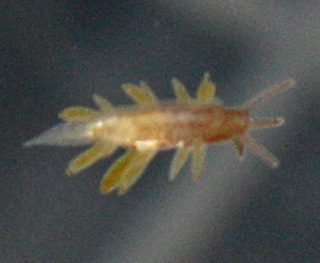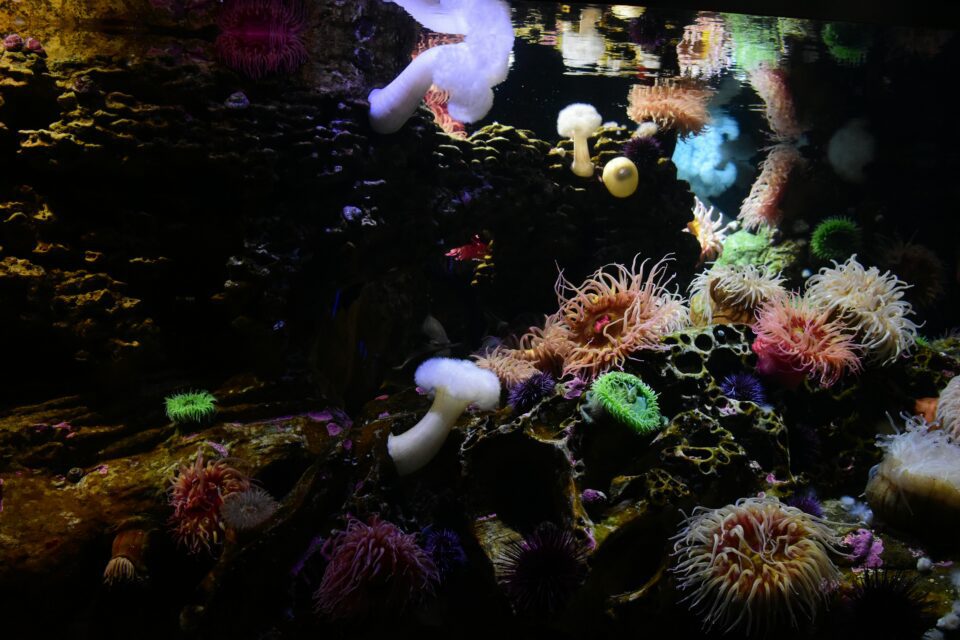As a renowned expert on corals with a specialization in Zoanthids, I have encountered numerous issues that can affect these vibrant creatures. Here’s an in-depth look at common Zoanthid problems, their pests and diseases, and how to effectively treat and resolve these issues.

Identifying Common Problems
- Color Fading: Insufficient lighting or poor water quality can cause Zoanthids to lose their vibrant colors. Ensure they receive the right amount of light and maintain optimal water parameters.
- Polyp Retraction: Stress, caused by poor water quality, aggressive tank mates, too much flow or incorrect lighting, can lead to Zoanthids retracting their polyps and not extending fully.
- Over Extended Polyps: Polyps that have stretched out are usually a sign of inadequate lighting, they are growing in length to reach higher par levels. Try and move the zoas into more direct lighting or increase the output on your lights.
Pests and Diseases

- Zoanthid Eating Nudibranchs: Small, often hard to spot, these pests feed on Zoanthid flesh. Regular inspection and dips in coral-safe solutions can help manage infestations.
- Flatworms: These can smother and irritate Zoanthids. A freshwater dip or the use of a flatworm-specific treatment can eliminate them.
- Brown Jelly Disease: Caused by poor water quality or damage, it appears as a brown, jelly-like substance on the coral. Immediate removal of affected tissue and improving tank conditions is necessary.
- Sundial Snails: These are predatory snails that feast on Zoanthids. Identification is through visible snails or damage to the polyps. Removal involves manually picking the snails from the tank and employing natural predators.
- Zoa Pox: This ailment presents as white or yellowish spots on the polyps, often leading to retraction and death if untreated. Treatment includes targeted antibiotic baths and improved water quality.
Treatment and Solutions
- Quarantine New Additions: Prevent pests and diseases from entering the tank by quarantining new corals.
- Dipping: Regularly dip Zoanthids in coral-safe dips to eliminate pests and prevent disease.
- Water Quality: Maintain stable and pristine water conditions. Regular testing and water changes can prevent many issues.
- Targeted Treatments: Use treatments specifically designed for coral pests and diseases, ensuring they are safe for use in a reef tank.
- Pest Eating Fish: Having tank mates, like Six Line Wrasses, can help prevent any issues by eating the offensive pests before they have any time to take root.
Preventative Measures
- Establish a regular maintenance routine including water changes, testing, and inspection of corals.
- Educate yourself about the specific needs and behaviors of Zoanthids to spot abnormalities early.
- Utilize a combination of mechanical, biological, and chemical filtration to maintain optimal water quality.
In conclusion, successful Zoanthid care requires vigilance, prompt action against pests and diseases, and a commitment to providing a stable environment. With the right knowledge and tools, you can ensure your Zoanthids remain healthy and vibrant, showcasing their full beauty in your reef aquarium.




